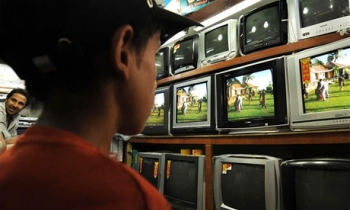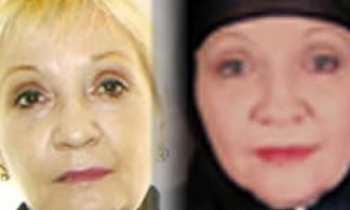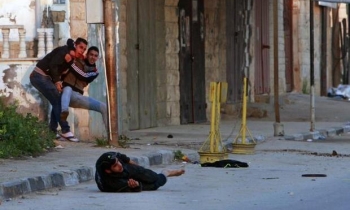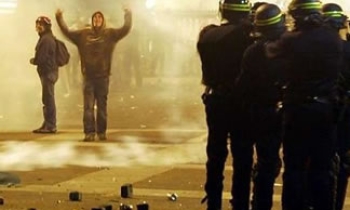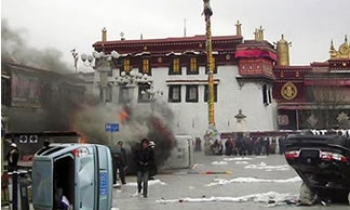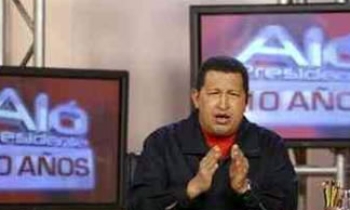New Delhi, August 18: Should newspapers be classified on the basis of sexually explicit material contained in them similar to censor board categorising films for viewers?
A PIL raising this question was on Thursday taken up for hearing by the Supreme Court and a Bench comprising Chief Justice RC Lahoti, Justice GP Mathur and Justice PK Balasubramanyan issued notices to the Centre, Press Council of India, news agencies - PTI and UNI, and leading dailies Times of India and Hindustan Times.
The PIL filed by one Ajay Goswami stated that with the advent of commercialism and the competition among newspapers to increase their circulation, "numerous attempts are being made to cater to prurient interest of the public at large".
"The newspapers are publishing titillating material in the form of SMS jokes, articles on pornography, sex education (which at times is more pornography than education), comments on porn magazines or movies in addition to semi-nude photographs," the petitioner said and pleaded that there was an urgent need to protect the minors from their bad influence.
While supporting the right to freedom of speech and expression enjoyed by the media, the petitioner said there was an urgent need to frame rules and regulations to shield minors from these pornographic literature circulated by newspapers.
"The Union of India and the Press Council of India have failed to frame any rules and regulations on this aspect," it said and sought a direction for framing of appropriate Rules and Regulations in this regard.
The PIL also requested the apex court to direct the Centre to constitute an expert Committee to look into the problem of unwanted exposure of sexually explicit material to the minor through the media and lay down rules and regulations for the same.
It said that it was the duty of the Government to protect the minors from such exposure to unwanted material circulated through media, as it was a signatory to the United Nations Convention on the Rights of the Child, 1989 and Universal Declaration of Human Rights.
Both the charters had got a pledge from the countries to protect the vulnerable minors from abuse, exploitation and harmful effects of "such expression" by media, the PIL said.
"The compelling interest is to protect the physical and psychological well-being of minors from the influence of literature, which is not obscene from the adult point of view," the PIL stated.
It said though the Press Council of India came into existence 27 years ago, it had not even thought of framing rules and regulations for improving the standards of newspapers and news agencies.
"The PCI has laid down from time to time principles and ethics to be observed by the journalists, which are directive in nature, incomplete and even otherwise do not deal with the issue of protecting minors," it said.

